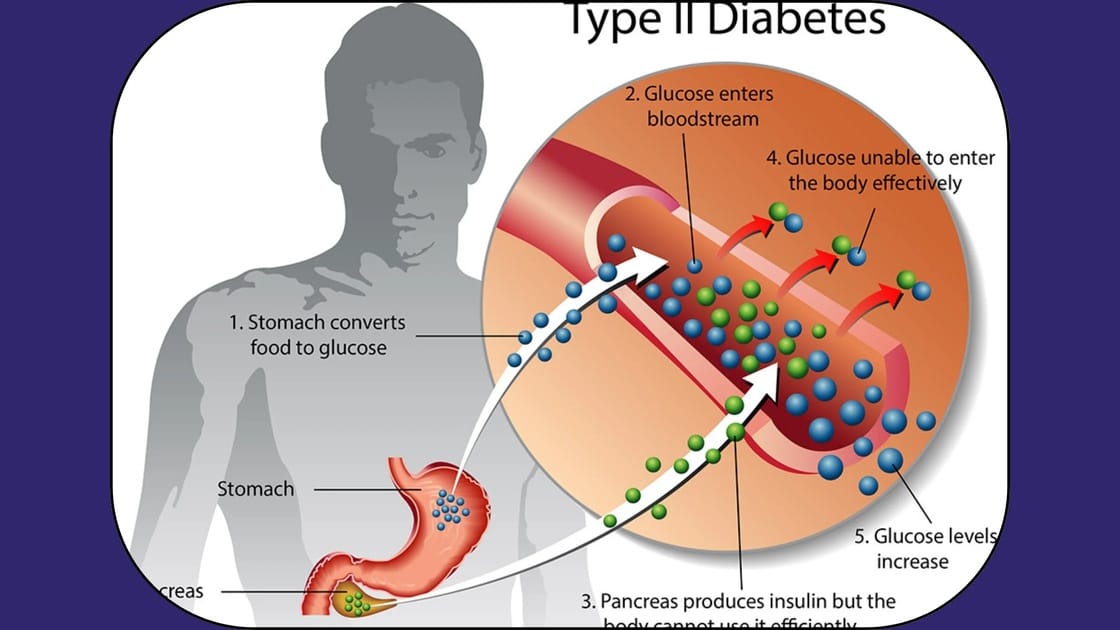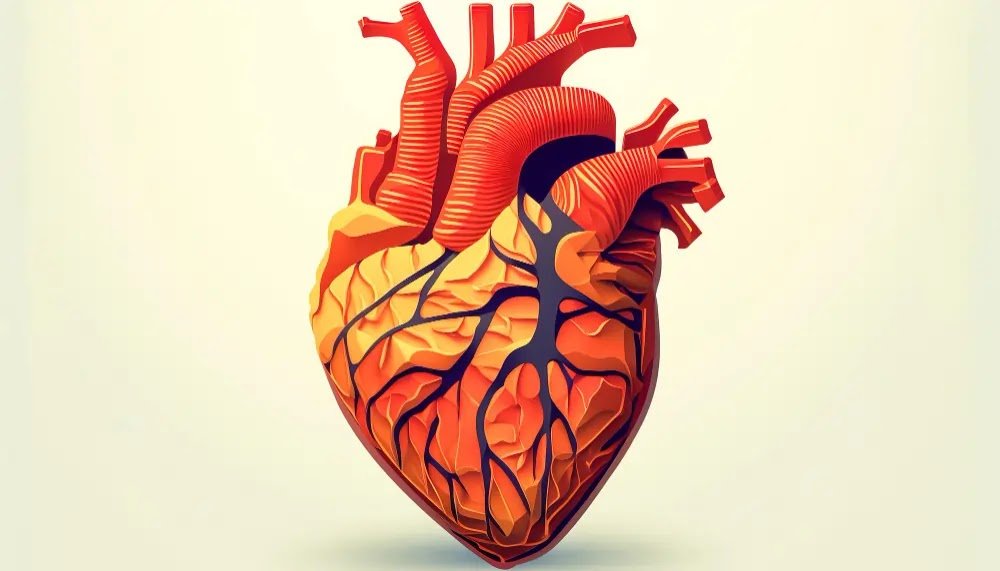Cervical cancer is a type of cancer that affects the cervix, the lower part of the uterus that connects to the vagina. It is one of the most common cancers among women, especially in developing countries like India. According to a recent study, India accounts for one in every five or 21 percent of cervical cancer cases in the world. Cervical cancer can be fatal if not detected and treated early, but it can also be prevented and cured with proper measures. In this article, we will discuss the symptoms, causes, diagnosis, treatment, and prevention of cervical cancer.
Symptoms of Cervical Cancer
Cervical cancer may not cause any symptoms in its early stages, which is why regular screening is important. However, some of the possible signs and symptoms of cervical cancer are:
– Abnormal vaginal bleeding, such as after sex, between periods, or after menopause
– Unusual vaginal discharge, which may be watery, bloody, or foul-smelling
– Pain during sex or pelvic pain
– Difficulty in urinating or bowel movements
If you notice any of these symptoms, you should consult your doctor as soon as possible. They may not necessarily indicate cervical cancer, but they may indicate other health problems that need attention.
Causes of Cervical Cancer
The main cause of cervical cancer is the human papillomavirus (HPV), a group of viruses that can infect the skin and mucous membranes of the genitals, mouth, and throat. There are more than 100 types of HPV, but only some of them can cause cervical cancer. The most common types that cause cervical cancer are HPV 16 and HPV 18, which are responsible for about 70 percent of all cases.
HPV is transmitted through sexual contact, such as vaginal, anal, or oral sex. It can also be passed from mother to child during childbirth. Most people who get infected with HPV do not develop any symptoms or health problems, and the infection clears on its own. However, in some cases, the infection persists and causes abnormal changes in the cells of the cervix, which can eventually lead to cervical cancer.
Other factors that can increase the risk of cervical cancer are:
– Smoking, which can damage the DNA of the cervical cells and make them more susceptible to HPV infection.
– A weak immune system can impair the body’s ability to fight off HPV infection.
– Having multiple sexual partners, can increase the exposure to different types of HPV.
– Having a history of sexually transmitted infections (STIs), such as chlamydia, gonorrhea, or herpes, which can inflame the cervix and make it more vulnerable to HPV infection.
– Having a family history of cervical cancer, which may indicate a genetic predisposition to the disease.
Diagnosis of Cervical Cancer
The best way to diagnose cervical cancer is by regular screening, which can detect the disease in its early stages when it is easier to treat and cure. The two main methods of screening for cervical cancer are:
– Pap test, which involves scraping a sample of cells from the cervix and examining them under a microscope for any abnormalities.
– HPV test, which involves testing a sample of cells from the cervix for the presence of high-risk HPV types that can cause cervical cancer.
The frequency and type of screening depend on various factors, such as age, sexual history, and previous test results. Generally, it is recommended that women start getting screened for cervical cancer at the age of 21 and continue until the age of 65 unless advised otherwise by their doctor.
If the screening test results are abnormal, further tests may be done to confirm the diagnosis and determine the extent of the disease. These tests may include:
– Colposcopy, which involves using a magnifying device to examine the cervix for any abnormal areas.
– Biopsy, which involves taking a small piece of tissue from the cervix and analyzing it for cancer cells.
– Imaging tests, such as ultrasound, X-ray, CT scan, MRI, or PET scan, which can show the size and location of the tumor and whether it has spread to other organs.
– Staging tests, which can classify the cancer according to how advanced it is, based on the size and depth of the tumor, the involvement of nearby lymph nodes, and the spread to distant organs.
Treatment of Cervical Cancer
The treatment of cervical cancer depends on various factors, such as the stage of the cancer, the size and location of the tumor, the patient’s age and general health, and the patient’s preferences and goals. The main types of treatment for cervical cancer are:
– Surgery, which involves removing the tumor and some or all of the surrounding tissue, such as the cervix, uterus, ovaries, fallopian tubes, lymph nodes, or part of the vagina. The extent of the surgery depends on how far the cancer has spread and whether the patient wants to preserve her fertility.
– Radiation therapy, which involves using high-energy rays or particles to kill cancer cells or stop them from growing. Radiation therapy can be given externally, by directing a beam of radiation at the tumor from outside the body, or internally, by placing a radioactive source inside the cervix or nearby.
– Chemotherapy, which involves using drugs to kill cancer cells or stop them from growing. Chemotherapy can be given orally, by injection, or by infusion into a vein. Chemotherapy can be used alone or in combination with radiation therapy or surgery.
– Targeted therapy, which involves using drugs that target specific molecules or genes that are involved in the growth and survival of cancer cells. Targeted therapy can be used alone or in combination with other treatments.
– Immunotherapy, which involves using drugs that stimulate the body’s immune system to fight cancer cells. Immunotherapy can be used alone or in combination with other treatments.
The treatment of cervical cancer can have various side effects, such as pain, bleeding, infection, scarring, infertility, menopause, sexual dysfunction, bladder or bowel problems, fatigue, nausea, hair loss, or skin changes. The patient should discuss the possible benefits and risks of each treatment option with their doctor and seek support from their family, friends, and healthcare team.
Prevention of Cervical Cancer
The best way to prevent cervical cancer is by avoiding or reducing exposure to HPV infection and other risk factors. Some of the preventive measures that can lower the risk of cervical cancer are:
– Getting vaccinated against HPV, which can protect against the most common types of HPV that cause cervical
cancer. The HPV vaccine is safe and effective, and it is recommended for girls and boys in the nine to 14 age group before they become sexually active. The vaccine can also be given to older people, up to the age of 45, depending on
their risk and eligibility.
– Practicing safe sex, which can reduce the transmission of HPV and other STIs. This includes using condoms
or dental dams, limiting the number of sexual partners, and getting tested and treated for any STIs.
– Quitting smoking, which can lower the risk of cervical cancer and improve overall health and well-being.
– Boosting the immune system, which can help the body fight off HPV infection and other diseases. This includes eating a balanced diet, exercising regularly, getting enough sleep, managing stress, and avoiding alcohol and drugs.
– Following up on screening and treatment, which can detect and treat cervical cancer in its early stages, before it becomes life-threatening. This includes getting regular Pap tests and HPV tests, as recommended by the doctor, and following their advice on any further tests or treatments.
Conclusion
Cervical cancer is a serious but preventable and treatable disease that affects millions of women around the world. By being aware of the symptoms, causes, diagnosis, treatment, and prevention of cervical cancer, women can take charge of their health and live longer and healthier lives.
FAQs
Q: What are the symptoms of cervical cancer?
A: Cervical cancer may not cause any symptoms in its early stages, which is why regular screening is important.
However, some of the possible signs and symptoms of cervical cancer are abnormal vaginal bleeding, unusual vaginal discharge, pain during sex or pelvic pain, difficulty in urinating or bowel movements. If you notice any of these symptoms, you should consult your doctor as soon as possible.
Q: How can I prevent cervical cancer?
A: The best way to prevent cervical cancer is by avoiding or reducing exposure to HPV infection and other risk
factors. Some of the preventive measures that can lower the risk of cervical cancer are getting vaccinated against HPV, practicing safe sex, quitting smoking, boosting the immune system, and following up on screening and treatment.
Q: How can I detect cervical cancer?
A: The best way to detect cervical cancer is by regular screening, which can detect the disease in its early stages when it is easier to treat and cure. The main methods of screening for cervical cancer are the Pap test and HPV test, which can examine the cells of the cervix for any abnormalities or infection. The frequency and type of screening depend on various factors, such as age, sexual history, and previous test results. Generally, it is recommended that women start getting screened for cervical cancer at the age of 21 and continue until the age of 65 unless advised otherwise by their doctor.
Q: How can I treat cervical cancer?
A: The best way to treat cervical cancer is by a combination of surgery, radiation therapy, chemotherapy, targeted therapy, or immunotherapy, depending on the stage of the cancer, the size and location of the tumor, the patient’s age and general health, and the patient’s preferences and goals. The treatment of cervical cancer can have various side effects, such as pain, bleeding, infection, scarring, infertility, menopause, sexual dysfunction, bladder or bowel problems, fatigue, nausea, hair loss, or skin changes. The patient should discuss the possible benefits and risks of each treatment option with their doctor and seek support from their family, friends, and healthcare team.
Q: Where can I find more information about cervical cancer?
A: You can find more information about cervical cancer from reliable sources, such as:
World Health Organization – https://www.who.int/health-topics/cervical-cancer#tab=tab_1
National Cancer Institute – https://www.cancer.gov/types/cervical
American Cancer Society – https://www.cancer.org/cancer/cervical-cancer.html
Cancer Research UK – https://www.cancerresearchuk.org/about-cancer/cervical-cancer
Cancer Council Australia – https://www.cancer.org.au/cancer-information/types-of-cancer/cervical-cancer








 Afrikaans
Afrikaans Albanian
Albanian Amharic
Amharic Arabic
Arabic Armenian
Armenian Azerbaijani
Azerbaijani Basque
Basque Belarusian
Belarusian Bengali
Bengali Bosnian
Bosnian Bulgarian
Bulgarian Catalan
Catalan Cebuano
Cebuano Chichewa
Chichewa Chinese (Simplified)
Chinese (Simplified) Chinese (Traditional)
Chinese (Traditional) Corsican
Corsican Croatian
Croatian Czech
Czech Danish
Danish Dutch
Dutch English
English Esperanto
Esperanto Estonian
Estonian Filipino
Filipino Finnish
Finnish French
French Frisian
Frisian Galician
Galician Georgian
Georgian German
German Greek
Greek Gujarati
Gujarati Haitian Creole
Haitian Creole Hausa
Hausa Hawaiian
Hawaiian Hebrew
Hebrew Hindi
Hindi Hmong
Hmong Hungarian
Hungarian Icelandic
Icelandic Igbo
Igbo Indonesian
Indonesian Irish
Irish Italian
Italian Japanese
Japanese Javanese
Javanese Kannada
Kannada Kazakh
Kazakh Khmer
Khmer Korean
Korean Kurdish (Kurmanji)
Kurdish (Kurmanji) Kyrgyz
Kyrgyz Lao
Lao Latin
Latin Latvian
Latvian Lithuanian
Lithuanian Luxembourgish
Luxembourgish Macedonian
Macedonian Malagasy
Malagasy Malay
Malay Malayalam
Malayalam Maltese
Maltese Maori
Maori Marathi
Marathi Mongolian
Mongolian Myanmar (Burmese)
Myanmar (Burmese) Nepali
Nepali Norwegian
Norwegian Pashto
Pashto Persian
Persian Polish
Polish Portuguese
Portuguese Punjabi
Punjabi Romanian
Romanian Russian
Russian Samoan
Samoan Scottish Gaelic
Scottish Gaelic Serbian
Serbian Sesotho
Sesotho Shona
Shona Sindhi
Sindhi Sinhala
Sinhala Slovak
Slovak Slovenian
Slovenian Somali
Somali Spanish
Spanish Sundanese
Sundanese Swahili
Swahili Swedish
Swedish Tajik
Tajik Tamil
Tamil Telugu
Telugu Thai
Thai Turkish
Turkish Ukrainian
Ukrainian Urdu
Urdu Uzbek
Uzbek Vietnamese
Vietnamese Welsh
Welsh Xhosa
Xhosa Yiddish
Yiddish Yoruba
Yoruba Zulu
Zulu